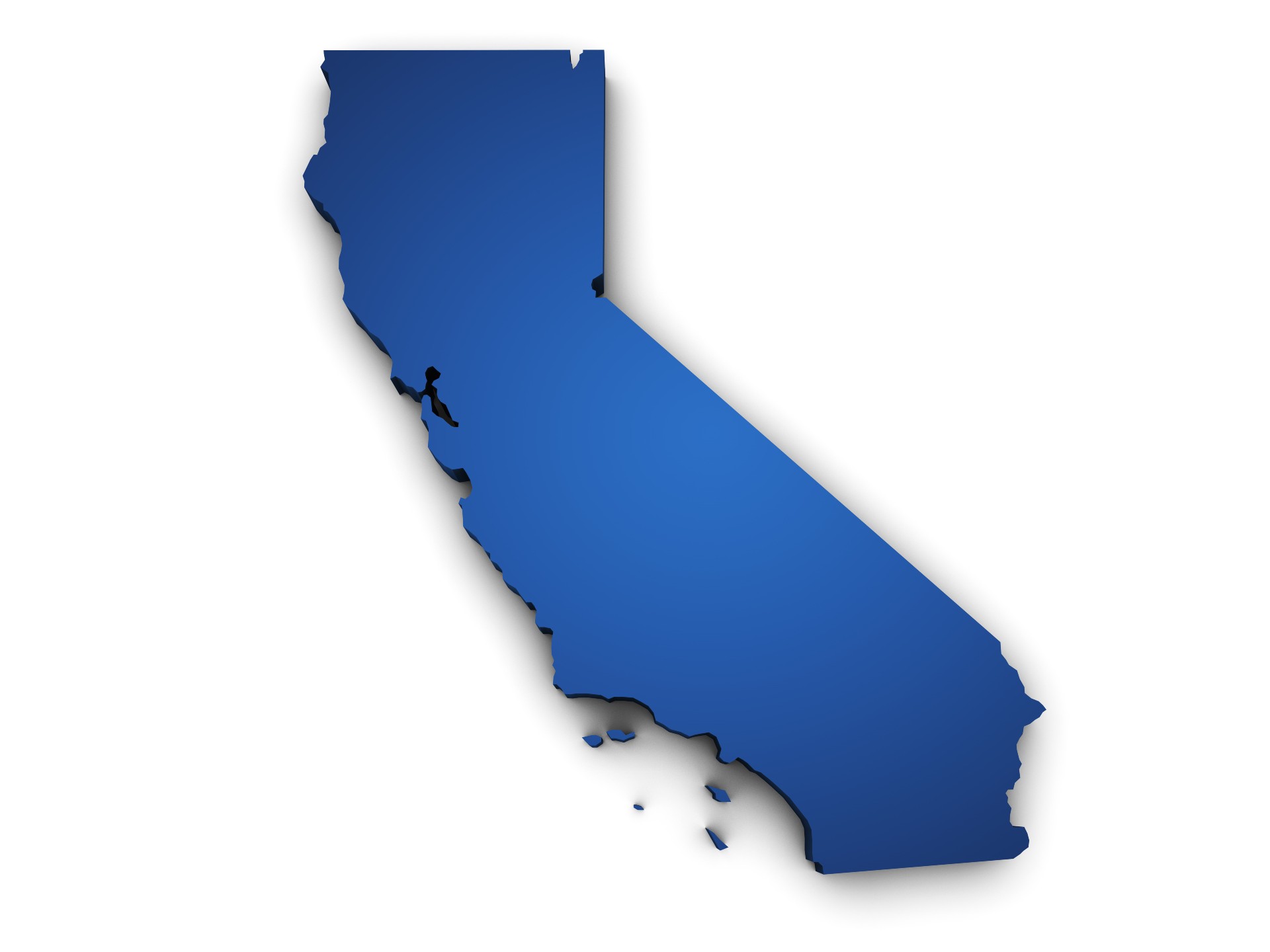Each year’s Dream Designs package yields a lot of joy just in putting it together. That goes without saying. But the grouping of aquatics facilities large and small also makes for a fair sampling of design trends. This year’s is no exception.
Based on submissions, it is clear that everybody has adopted the philosophy that aquatics centers — even municipal ones, even those with lap pools — should include features that appeal to all ages, abilities and interests. If a single pool or water element can serve multiple purposes, so much the better.
But it seems that a diversity of water forms isn’t enough. These days, designers and clients impart more heart into each project in the form of increasingly sophisticated theming that engages users and reinforces a sense of place and community.
In this vein, designers and developers of two waterparks have taken a practice that’s become fairly common among dry theme parks and made it work with water — using licensed characters, in this case animated ones, to help convey the story lines.
In virtually all these designs, theming pays tribute to the home city by focusing on its culture, history or natural beauty. For instance, one family aquatics center was renovated from a WPA-era pool. While designers outfitted it with modern features, they also restored the aesthetic, which had been modernized in the 1960s or 1970s, back to its original 1930s roots.
Even the waterparks with SpongeBob SquarePants or the Powerpuff Girls offer some tip of the hat to the native vegetation or ethnic Asian culture. In our less exotic U.S. suburbs, designers incorporate materials and colors to represent the local geography and symbology, even if on an impressionist level: blue, gray and white cloth panels on the ceiling represent the nearby ocean in the abstract; a color palette of grays, blues and greens that takes its cues from the Ozarks and nearby lakes and woods.
Such strategies render the theming more subtle and elegant than ever before. Just a few years ago, this aspect of aquatics design could be relatively clunky, especially when professionals tried to make rock or rock-like accents work with a ceramic tile line and depth markers. Now designers take more subtle approaches, blending those accents in better, partly because they aren’t trying to create a literal replication of mountains, natural waterfalls or trees, but just strive to evoke these wonders of nature.
This work clearly doesn’t come cheap. As designers of these facilities tell it, they had to find ways to fund it. In one case, the aquatics specialist helped with fund-raising specifically to cover theming. But the importance of this has not gone unrecognized: As one design team shared, the trust that funds the Salvation Army/Ray and Joan Kroc community centers specifies heavy theming to draw more users and make them feel at home.
Here’s to aquatics facilities that become ever more beautiful and functional.


